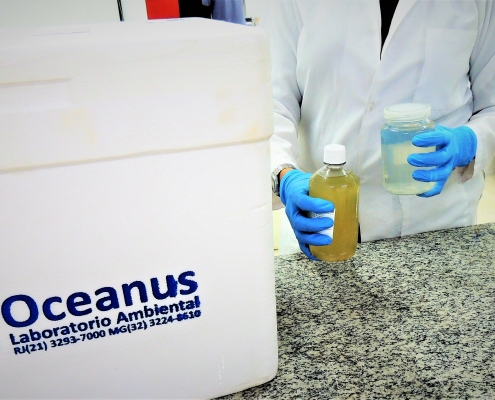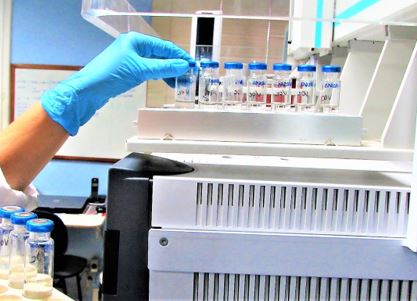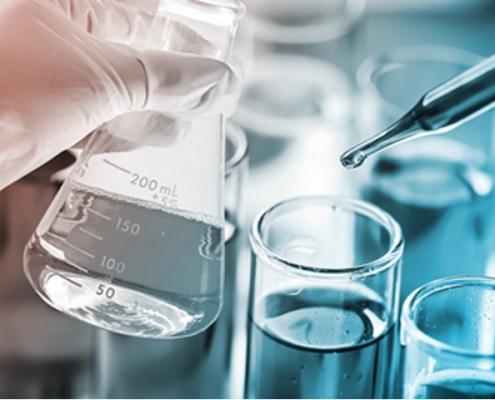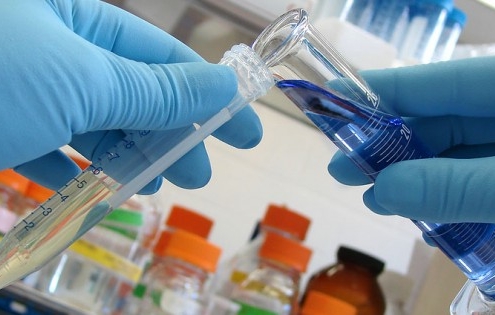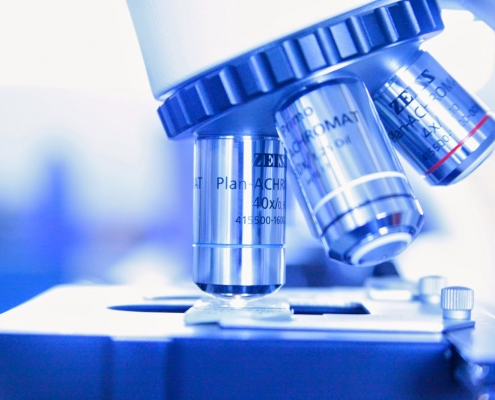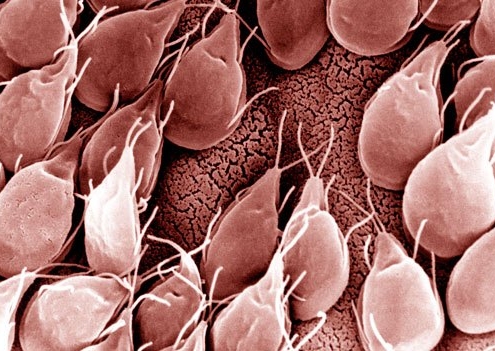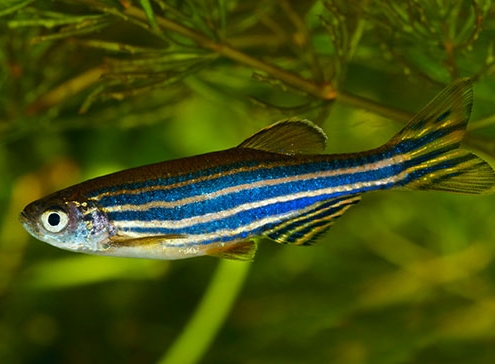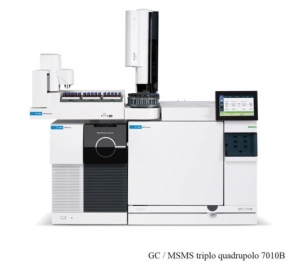Laboratories
Our laboratories are equipped with the best cutting-edge technology in various aspects, with the purpose of optimizing internal processes of quality and time.
Our internal investments are focused on customer service since the proposal elaboration, collection, receipt of samples, analysis and, finally, the release of the results report. With this, we have my LIMS Laboratory Management System, facilitating the integration of our internal areas, collection services and analytical data issued in our laboratories.

